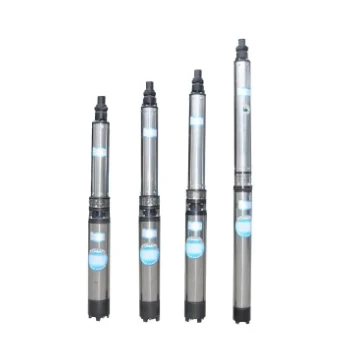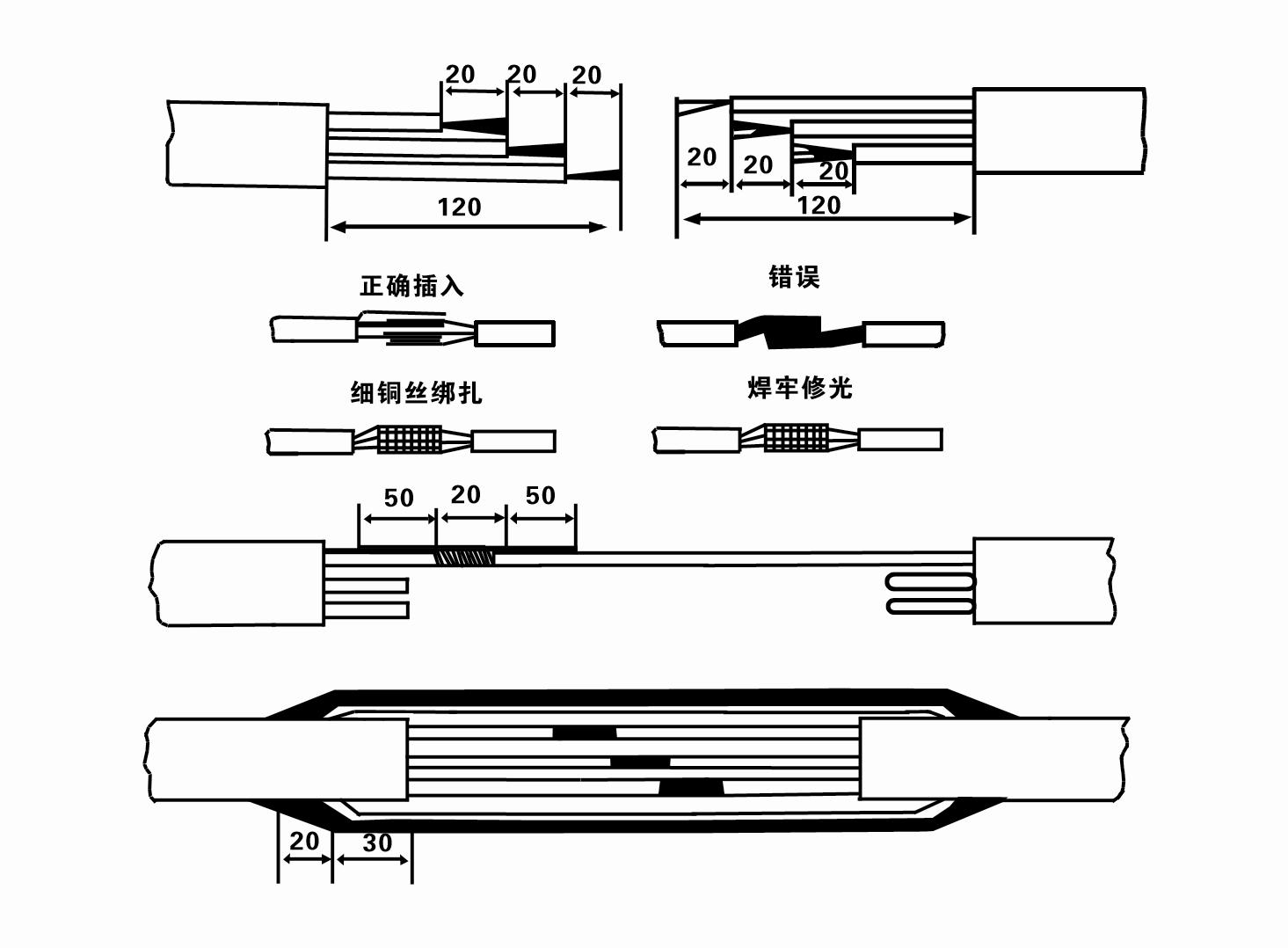جون . 05, 2025 08:28 Back to list
Affordable 3 Phase Submersible Motor Prices Durable & Efficient
- Fundamentals of industrial pumping efficiency
- Engineering advantages of three-phase technology
- Market comparison: Leading manufacturers
- Solutions for specific operational requirements
- Installation case studies and performance metrics
- Price influencers and market trends
- Strategic investment considerations

(3 phase submersible motor price)
Understanding 3 Phase Submersible Motor Price for Industrial Applications
Industrial operations requiring continuous water management rely on three-phase submersible motors as critical infrastructure components. While the initial 3 phase submersible motor price
represents a significant investment, lifecycle cost analysis reveals operational savings that often exceed 40% compared to single-phase alternatives. Industrial-grade systems typically range between $850-$3,200 depending on horsepower ratings, material construction, and technical specifications.
Engineering Superiority in Fluid Dynamics
Three-phase technology delivers substantial advantages for demanding environments. Torque consistency at startup outperforms single-phase equivalents by 25-30%, reducing mechanical stress on pumping systems. Efficiency benchmarks demonstrate 92% operational efficiency at partial loads, significantly exceeding industry standards. Copper windings maintain conductivity integrity in continuous operation scenarios below groundwater levels, preserving electromagnetic field stability even with mineral-rich water conductivity exceeding 4,000 µS/cm.
Manufacturing Leaders Performance Comparison
| Manufacturer | Horsepower Range | Material Composition | Efficiency Rating | Price Range ($) | Warranty |
|---|---|---|---|---|---|
| Franklin Electric | 1-250 HP | Stainless steel (316L) | IE4 Premium | 1,200-8,500 | 3 years |
| Grundfos | 0.5-200 HP | Bronze alloys | IE3/IE4 | 950-7,800 | 2.5 years |
| Lubi Pumps | 2-150 HP | Cast iron/stainless | IE2/IE3 | 850-4,200 | 2 years |
Adaptive Solutions for Industrial Requirements
Specialized configurations address unique operational constraints:
High-Sedimentation Environments: Reinforced tungsten carbide shaft sleeves maintain tolerance integrity with abrasives up to 20 g/m³ concentration.
Low-Volume Wells: Slim-diameter configurations (4-6 inches) with fractional horsepower ratings (0.33-0.75 HP) maintain flow rates of 8-15 GPM without cavitation.
Variable Frequency Integration: Compatible motor controllers modulate operational speeds between 1,800-3,600 RPM, reducing power consumption by 27% during partial-demand cycles.
Documented Performance in Field Applications
Agricultural operations in California's Central Valley documented 18% energy reduction after upgrading 35 motors to three-phase configurations. Continuous monitoring showed:
• Pumping efficiency sustained at 82% after 7,500 operational hours
• Dissolved iron concentrations (7.5 mg/L) produced minimal scaling due to chromium oxide coatings
• Mean time between failures extended to 14,300 hours versus 9,500 hours with legacy systems
Mining dewatering projects in Australia demonstrated flow consistency of 210 L/sec despite total dynamic head variations from 45-80 meters.
Economic Factors Impacting Investment
The 3 phase water pump motor price fluctuates according to several technical specifications:
• Horsepower output variations account for 65% of base price differentiation
• Premium corrosion protection adds 15-22% to manufacturing costs
• Efficiency certification (IE3 vs. IE4) represents 8-12% price differential
• Voltage compatibility (415V vs. 690V systems) creates 7-10% variation
Material costs, particularly electrolytic-grade copper and nickel alloys, caused 14.3% average price escalation during 2020-2023. Energy efficiency regulations continue driving manufacturers toward permanent magnet motor development, increasing production costs approximately 18% over induction motor equivalents.
Strategic Considerations Regarding 3 Phase Submersible Motor Price
Comprehensive evaluation of 3 phase submersible motor price factors requires technical and operational analysis beyond initial quotations. Professional specifications must account for dynamic load requirements, harmonic distortion limitations in electrical systems, and mechanical constraints specific to borehole conditions. Premium three-phase systems typically demonstrate 70-90% lower lifetime costs per pumped cubic meter when correctly specified for intended service parameters. Maintenance logs from industrial installations consistently validate higher-grade materials and engineering precision ultimately determine operational expenditure and total ownership value.

(3 phase submersible motor price)
FAQS on 3 phase submersible motor price
Q: What factors influence a 3 phase submersible motor price?
A: Key factors include motor power rating (HP/kW), brand reputation, material quality (stainless steel vs. cast iron), and built-in protection features. Voltage requirements and customizations like cable length also impact costs significantly.
Q: How much does a standard 3 phase submersible motor cost?
A: Entry-level 1-5 HP models range from $200-$600, while commercial 10-30 HP motors cost $800-$3,000+. Prices vary based on horsepower, efficiency class (IE2/IE3), and corrosion-resistant construction.
Q: Where can I buy a genuine 3 phase water pump motor?
A: Purchase directly from manufacturers (Franklin Electric, Grundfos) or authorized distributors like WW Grainger. Always verify certifications like UL/CE and warranty terms before finalizing orders.
Q: Why choose 3 phase submersible motors over single-phase alternatives?
A: Three-phase motors deliver higher torque efficiency, smoother operation under load, and 20-30% lower energy consumption. They’re ideal for deep-well applications requiring continuous heavy-duty performance.
Q: Are 3 phase submersible motors compatible with existing pump systems?
A: Yes, provided voltage specs (e.g., 230V/460V) match your power supply. Confirm shaft size, flange dimensions, and starter compatibility. Professional installation is recommended to ensure correct wiring and safety compliance.
-
Submersible Water Pump: The Efficient 'Power Pioneer' of the Underwater World
NewsJul.01,2025
-
Submersible Pond Pump: The Hidden Guardian of Water Landscape Ecology
NewsJul.01,2025
-
Stainless Well Pump: A Reliable and Durable Pumping Main Force
NewsJul.01,2025
-
Stainless Steel Submersible Pump: An Efficient and Versatile Tool for Underwater Operations
NewsJul.01,2025
-
Deep Well Submersible Pump: An Efficient 'Sucker' of Groundwater Sources
NewsJul.01,2025
-
Deep Water Well Pump: An Efficient 'Sucker' of Groundwater Sources
NewsJul.01,2025
-
 Submersible Water Pump: The Efficient 'Power Pioneer' of the Underwater WorldIn the field of hydraulic equipment, the Submersible Water Pump has become the core equipment for underwater operations and water resource transportation due to its unique design and excellent performance.Detail
Submersible Water Pump: The Efficient 'Power Pioneer' of the Underwater WorldIn the field of hydraulic equipment, the Submersible Water Pump has become the core equipment for underwater operations and water resource transportation due to its unique design and excellent performance.Detail -
 Submersible Pond Pump: The Hidden Guardian of Water Landscape EcologyIn courtyard landscapes, ecological ponds, and even small-scale water conservancy projects, there is a silent yet indispensable equipment - the Submersible Pond Pump.Detail
Submersible Pond Pump: The Hidden Guardian of Water Landscape EcologyIn courtyard landscapes, ecological ponds, and even small-scale water conservancy projects, there is a silent yet indispensable equipment - the Submersible Pond Pump.Detail -
 Stainless Well Pump: A Reliable and Durable Pumping Main ForceIn the field of water resource transportation, Stainless Well Pump has become the core equipment for various pumping scenarios with its excellent performance and reliable quality.Detail
Stainless Well Pump: A Reliable and Durable Pumping Main ForceIn the field of water resource transportation, Stainless Well Pump has become the core equipment for various pumping scenarios with its excellent performance and reliable quality.Detail
